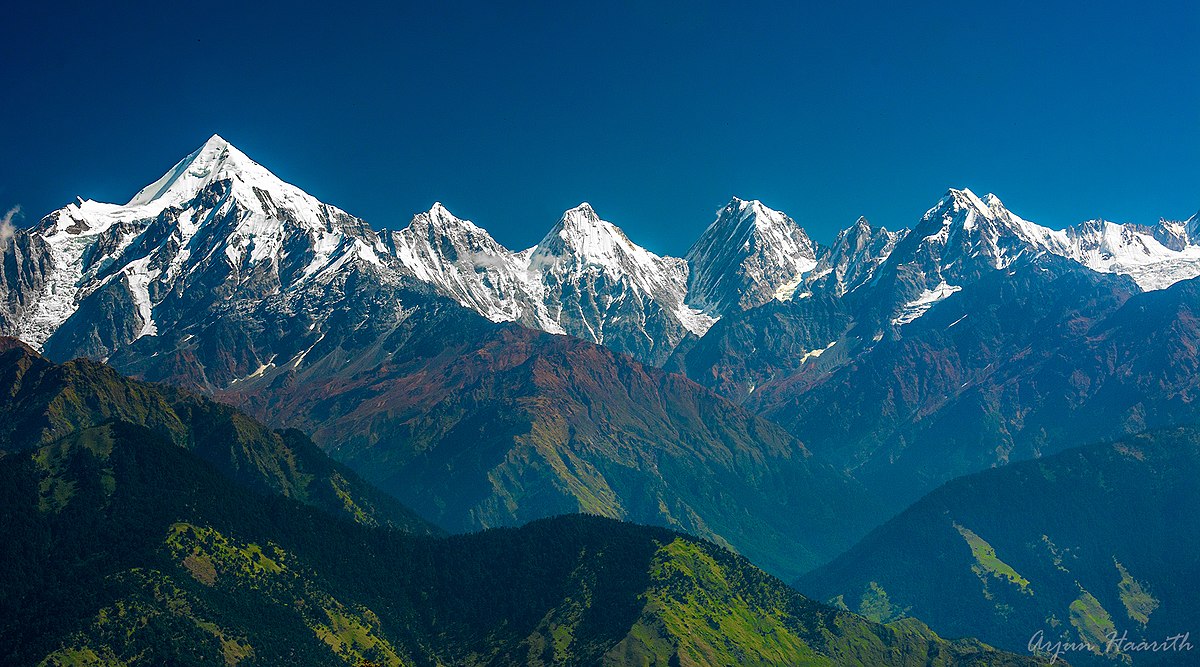Lebanizer
Well-known member
It's awesome to have feedback of this sort about all those Afghani strains. One would reckon that they all share sort of similar highs but apparently no. Lots of variety in their high too. Very very nice. Waziri's on my radar now !I’m sure TRSC Mazar is excellent. I do have Baaba Qo’s Mazar on deck in the freezer for the future! The Balkhi is indeed a wonderful strain, great nighttime med that rocks some strength.
Waziri is a great daytime strain, very uplifting, it provides a feeling of contentment without any brain fog or laziness. Great for both yard work and writing legal briefs!



